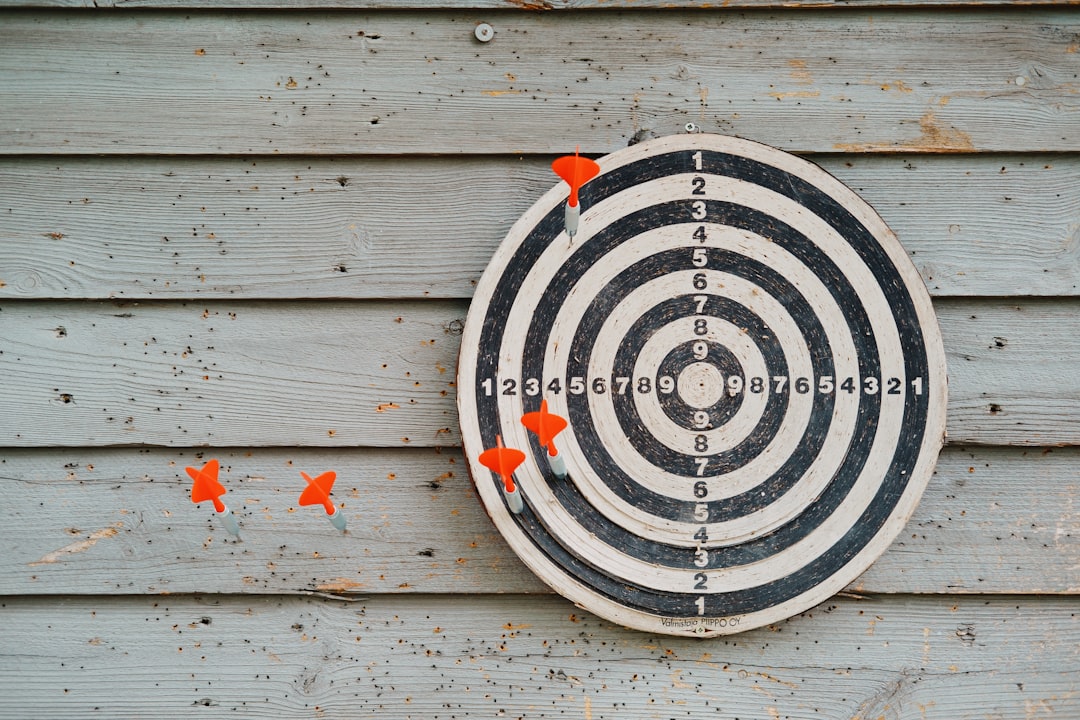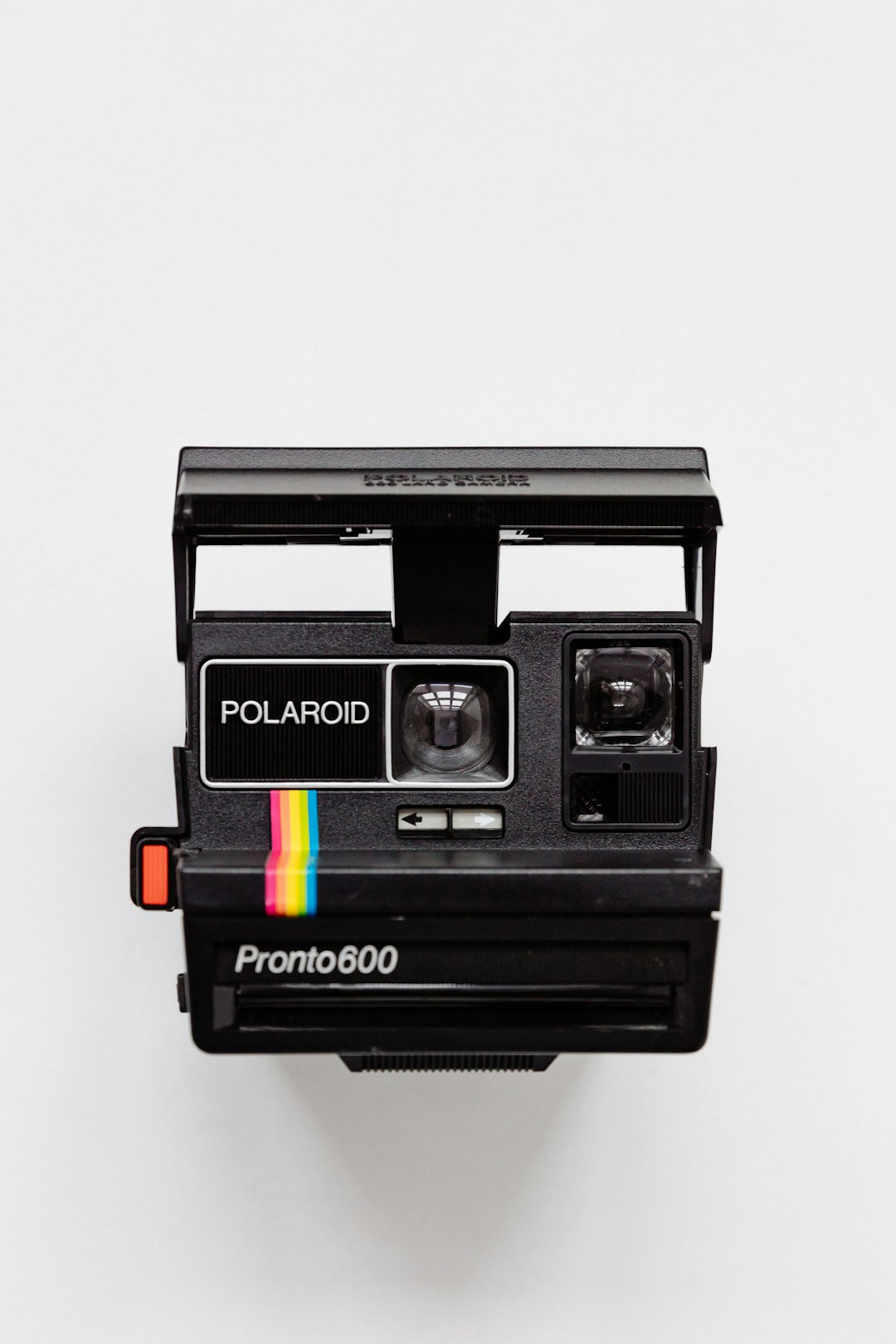Support our educational content for free when you purchase through links on our site. Learn more
How to Make a Game App: 7 Essential Steps to Bring Your Vision to Life! 🎮

Have you ever dreamed of creating your own game app but felt overwhelmed by where to start? You’re not alone! In fact, did you know that over 2.5 billion mobile gamers are actively searching for fresh and exciting experiences? With the right guidance, you can tap into this thriving market and bring your unique game idea to life.
In this comprehensive guide, we’ll take you through seven essential steps that will transform your concept into a fully-fledged game app. From defining your game idea to choosing the right engine and publishing your masterpiece, we’ve got you covered! So, grab your notepad and get ready to unlock the secrets of game development!
Key Takeaways
- Define Your Game Idea: Understand your target audience and gameplay mechanics.
- Choose the Right Game Engine: Select a platform that suits your skill level and game requirements.
- Design Stunning Graphics: Create a cohesive visual style that captivates players.
- Code Like a Pro: Organize your code for efficiency and clarity.
- Plan for Post-Launch Support: Ensure players have the resources they need after release.
- Thorough Testing: Regularly test for bugs and performance issues across devices.
- Effective Publishing: Prepare high-quality assets and a marketing strategy for a successful launch.
Ready to dive deeper? Check out our recommended tools and resources to kickstart your game development journey! 👉 Shop game engines like Unity or Unreal Engine to get started today!
Table of Contents
- Quick Tips and Facts
- The Evolution of Game Apps: A Brief History
- How to Make a Mobile Game: A Comprehensive Guide
- Step 1: Define Your Game Idea
- Step 2: Choose the Right Game Engine
- Step 3: Design Stunning Graphics
- Step 4: Code Your Game Like a Pro
- Step 5: Plan for Post-Launch Player Support
- Step 6: Test Your Game Thoroughly
- Step 7: Publish Your Game to the World
- How Much Does It Cost to Make a Mobile Game?
- Post-Release Tips for Mobile Game Success
- Emerging Trends in Mobile Game Development
- How Easy Is It to Create a Mobile Game?
- Conclusion
- Recommended Links
- FAQ
- Reference Links
Quick Tips and Facts
Creating a game app can be an exhilarating journey! Here are some quick tips to keep in mind:
| Aspect | Rating (1-10) |
|---|---|
| Design | 9 |
| Functionality | 8 |
| User Engagement | 9 |
| Monetization Potential | 7 |
| Development Complexity | 6 |
- Start Simple: Begin with a basic concept and gradually add complexity.
- Know Your Audience: Tailor your game to the preferences of your target demographic.
- Choose the Right Tools: Utilize game engines that fit your skill level and project needs.
- Test, Test, Test!: Regular testing can save you from major headaches later on.
- Stay Updated: Keep an eye on industry trends and player feedback for continuous improvement.
The Evolution of Game Apps: A Brief History

The world of game apps has transformed dramatically over the years. From the early days of simple pixelated games on mobile devices to today’s immersive 3D experiences, the evolution is nothing short of fascinating.
- 2008: The launch of the App Store revolutionized mobile gaming, allowing indie developers to reach global audiences.
- 2010s: The rise of freemium models changed how games were monetized, leading to a surge in in-app purchases.
- 2020s: With advancements in AR and VR, mobile games are becoming more interactive and engaging than ever.
For a deeper dive into the history of gaming, check out this article.
How to Make a Mobile Game: A Comprehensive Guide
Ready to dive into the nitty-gritty of game development? Let’s break it down step-by-step!
Step 1: Define Your Game Idea
Brainstorming is key! Start by jotting down all your ideas, then narrow them down based on market demand. Here’s how to do it:
- Identify Your Target Audience: Are they casual gamers, hardcore players, or kids?
- Game Mechanics: What type of gameplay do you envision? Puzzle, action, or simulation?
- Visualize Your Game: Consider whether it will be 2D or 3D, and what the overall theme will be.
- Storyline and Characters: Will your game have a linear narrative or a more open-ended approach?
- Monetization Model: Decide if you want a one-time purchase, in-app purchases, or ad-supported revenue.
Step 2: Choose the Right Game Engine
Choosing the right game engine can make or break your project. Here are some popular options:
| Game Engine | Best For | Pros | Cons |
|---|---|---|---|
| Unity | 2D & 3D games | Cross-platform, large community | Steeper learning curve |
| Unreal Engine | High-performance 3D games | Stunning graphics, powerful tools | Requires more resources |
| GameMaker Studio | 2D games | User-friendly, great for beginners | Limited 3D capabilities |
Consider your game requirements, ease of use, and community support when making your choice. For more on game engines, check out this guide.
Step 3: Design Stunning Graphics
Graphics are crucial in attracting players. Here’s how to create eye-catching visuals:
- Art Style Consistency: Ensure all elements match your chosen theme.
- Color Usage: Use colors to guide players and create the right atmosphere.
- Optimize for Mobile: Keep file sizes small and performance in mind.
- User Interface: Make sure it’s intuitive and easy to navigate.
Step 4: Code Your Game Like a Pro
Coding can be daunting, but breaking it down helps:
- Game Logic: Use programming languages like C# or C++.
- Modular Coding: Keep your code organized and easy to read.
- Testing: Test on various devices to ensure compatibility and performance.
Step 5: Plan for Post-Launch Player Support
Post-launch support is vital! Here’s what to consider:
- Self-Service Knowledge Base: Empower players to find solutions on their own.
- AI Chatbots: Use AI to handle common queries efficiently.
- Multilingual Support: Cater to a global audience by offering support in multiple languages.
Helpshift offers excellent solutions for player support. Learn more about them here.
Step 6: Test Your Game Thoroughly
Testing is where you catch those pesky bugs! Here’s a checklist:
- Device Compatibility: Test on various devices and OS versions.
- User Experience: Focus on controls, responsiveness, and UI.
- Performance: Check for frame rates, loading times, and memory usage.
Step 7: Publish Your Game to the World
Publishing is the final step, but it’s crucial! Here’s how to do it right:
- Choose Your Platforms: Apple App Store, Google Play Store, or others.
- Prepare Assets: High-quality icons, screenshots, and promotional materials are essential.
- Follow Guidelines: Research app store policies to avoid rejections.
How Much Does It Cost to Make a Mobile Game?
The cost of developing a mobile game can vary widely based on several factors:
- Complexity: More complex games require more resources.
- Development Team: Costs can differ based on location and expertise.
- Marketing: Don’t forget to budget for promotion!
While it’s hard to pin down exact figures, understanding these factors can help you plan better.
Post-Release Tips for Mobile Game Success
Once your game is live, the work isn’t over! Here are some tips to keep your game thriving:
- Track Metrics: Monitor daily active users (DAU) and retention rates.
- Engage with Players: Respond to feedback and create community events.
- Optimize for App Stores: Use relevant keywords and attractive descriptions.
For more insights on post-launch strategies, check out this article.
Emerging Trends in Mobile Game Development
Stay ahead of the curve by keeping an eye on these trends:
- AR and VR Integration: Enhancing gameplay with augmented and virtual reality.
- Cross-Platform Play: Allowing players on different devices to play together.
- AI in Gaming: Using AI for personalized gaming experiences.
By staying informed, you can adapt your game to meet evolving player expectations.
We hope this guide has equipped you with the knowledge to embark on your game development journey! Stay tuned for more insights and tips in our upcoming articles. 🎮✨
Conclusion

Creating a game app is a thrilling adventure that combines creativity, technical skills, and strategic planning. Throughout this guide, we’ve explored the essential steps from defining your game idea to publishing it and ensuring post-launch success.
Summary of Positives and Negatives
Positives:
- Accessibility: With various game engines available, even beginners can start developing games.
- Diverse Monetization Options: From in-app purchases to ads, there are multiple ways to generate revenue.
- Community Support: Platforms like Unity and GameMaker have vibrant communities that can provide assistance and resources.
Negatives:
- Development Complexity: Depending on the game’s scope, development can become quite complex and time-consuming.
- Market Saturation: With millions of games available, standing out can be challenging.
- Cost Variability: Development costs can vary significantly based on the game’s complexity and the team’s location.
In summary, if you’re passionate about game development and willing to invest time and effort, we confidently recommend diving into this exciting field! Remember, the key to success lies in continuous learning and adaptation. So, keep your ears to the ground for industry trends and player feedback! 🎮✨
Recommended Links
-
Game Development Books:
-
Game Engines:
- Unity: Shop Unity on Amazon | Unity Official Website
- Unreal Engine: Shop Unreal Engine on Amazon | Unreal Engine Official Website
- GameMaker Studio: Shop GameMaker Studio on Amazon | GameMaker Official Website
FAQ

What programming languages are used to make a game app?
Common Programming Languages
- C#: Widely used with Unity for game development.
- C++: Commonly used in Unreal Engine for high-performance games.
- Java: Often used for Android game development.
- JavaScript: Used for web-based games and some mobile platforms.
Read more about “How to Make a Mobile Game: 15 Essential Steps for Success in 2024! 🎮”
How much does it cost to develop a mobile game app?
Cost Factors
- Development Team: Costs vary based on location and expertise.
- Game Complexity: More complex games require larger budgets.
- Marketing and Distribution: Don’t forget to budget for promoting your game!
What are the steps to create a successful game app?
Key Steps
- Define your game idea.
- Choose the right game engine.
- Design graphics and user interface.
- Code the game.
- Test thoroughly.
- Plan for post-launch support.
- Publish and market your game.
How do I design engaging gameplay and user interface for my app?
Design Tips
- User-Centric Design: Focus on user experience and intuitive controls.
- Feedback Mechanisms: Incorporate feedback loops to keep players engaged.
- Visual Consistency: Maintain a cohesive art style throughout the game.
What are the best tools and software for building a game app?
Recommended Tools
- Unity: Great for both 2D and 3D games.
- Unreal Engine: Best for high-performance graphics.
- GameMaker Studio: Ideal for beginners focusing on 2D games.
Read more about “Node.js: Frontend, Backend, or Both? 🤯 Unraveling the Truth …”
How do I monetize my game app and earn revenue from it?
Monetization Strategies
- In-App Purchases: Offer players the option to buy virtual goods.
- Ads: Integrate ads into your game for passive income.
- Premium Versions: Charge a one-time fee for a full version of the game.
What are the key factors to consider when publishing a game app on app stores?
Publishing Considerations
- App Store Guidelines: Familiarize yourself with the rules of each platform.
- High-Quality Assets: Prepare appealing icons and screenshots.
- Marketing Strategy: Plan how you will promote your game post-launch.
Reference Links
- Gamasutra – The History of Mobile Gaming
- Helpshift Blog – How to Make a Mobile Game
- Bubble.io – How to Make a Game
- GameMaker Community
With this comprehensive guide, you’re now equipped to embark on your game development journey. Happy developing! 🎮🚀




